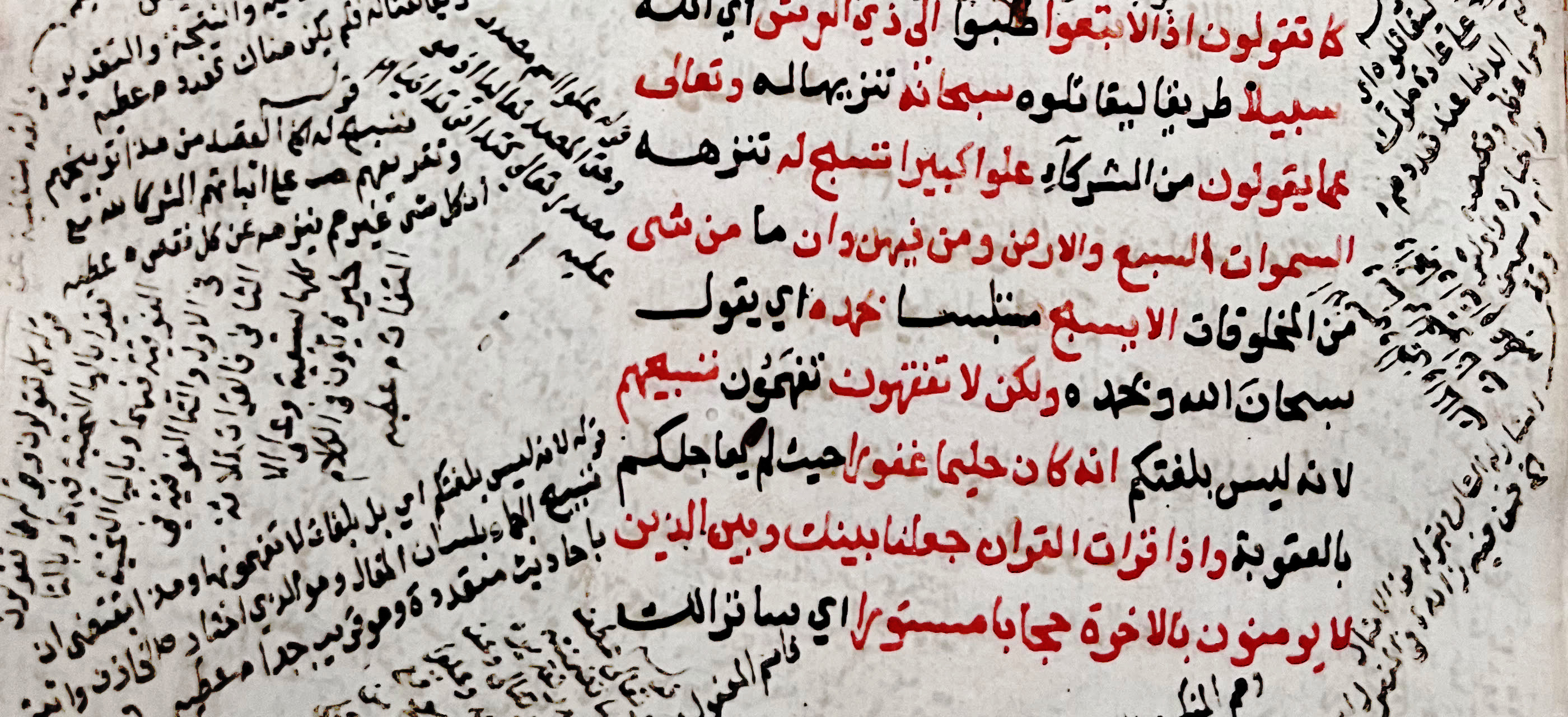Muscat in Rural Tanzania: Omani Arabs, Identity, and Citizenship in Post-Slavery Tanzania, 1920s–1960s
Contenu
- Titre
- Muscat in Rural Tanzania: Omani Arabs, Identity, and Citizenship in Post-Slavery Tanzania, 1920s–1960s
- Date
- 2025
- Résumé
- Studies on post-slavery in East Africa often concentrate on the aftermath of slavery for the formerly enslaved. By contrast, former owners’ experiences after abolition and during emancipation are rarely explored. This article examines the trajectories of Omani Arabs in western Tanzania during and after the end of slavery, ca. 1910 to the late twentieth century. Having settled and built slavelabour plantations along the central caravan route in the nineteenth century, they relocated to rural areas between the 1920s and 1930s following the legal abolition of slavery and great economic depression. To tell their story in postslavery Tanzania, we drew examples from primary sources deposited in the archives of Tanzania and the United Kingdom, and oral interviews collected from the many villages in rural western Tanzania where the Omanis’ descendants now live. We show that the history of the Omani Arabs and their identity in twentieth-century western Tanzania was shaped by economic dispossession and uncertainty about citizenship, but also by evolving cultural identities and sustained social networking.
- Langue
- eng
- volume
- 56
- numéro
- 1
- pages
- 1-28
- doi
- 10.1080/17532523.2025.2455784
- issn
- 1753-2523
- Titre abrégé
- Muscat in Rural Tanzania
- Source
- Taylor and Francis+NEJM
Position : 36833 (16 vues)

